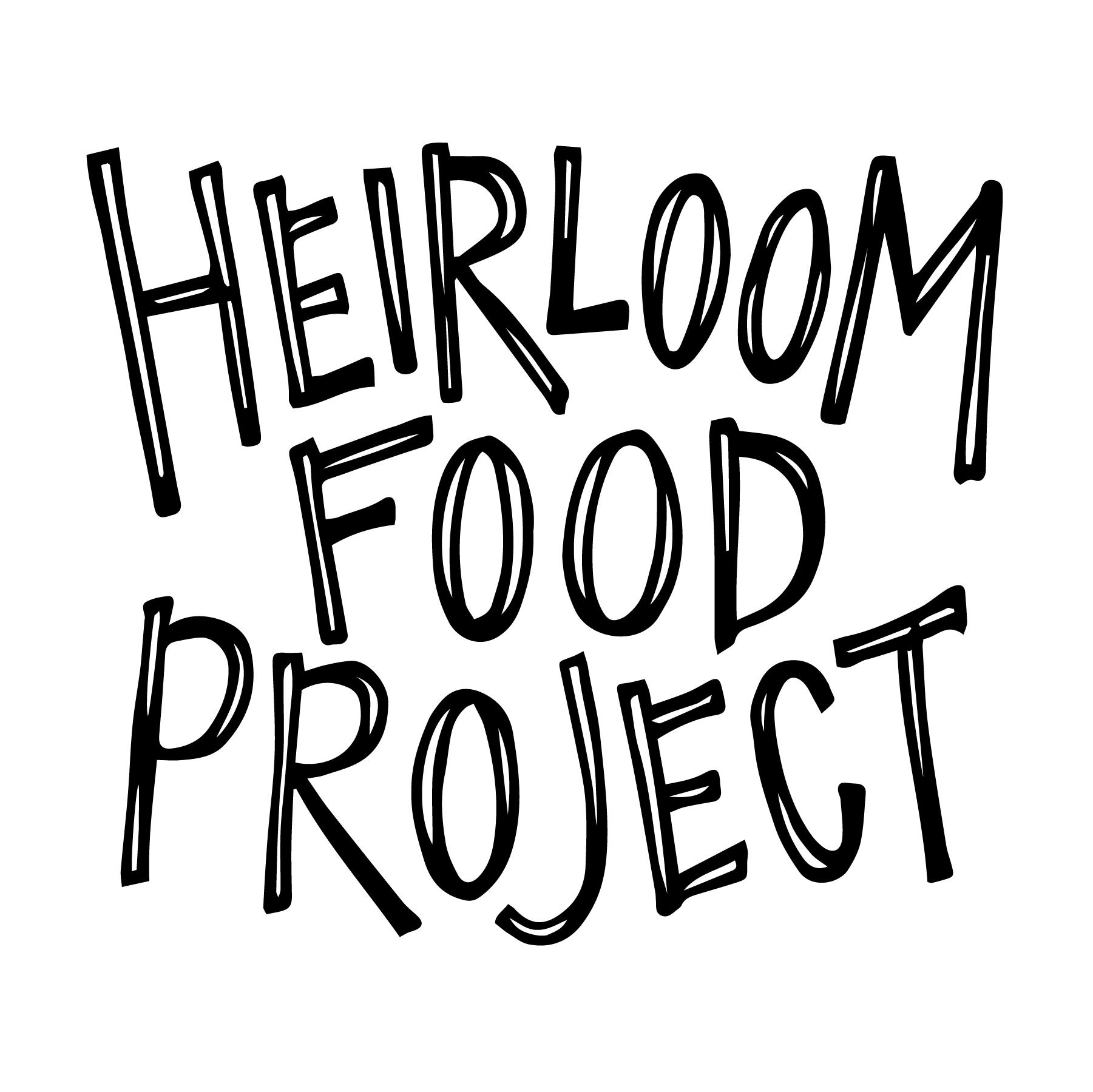100-Day Danish Takeaways: Embrace Outside Influences
Shortly after moving from the U.S. to Denmark in early 2018, I embarked upon an art project called “How to Fall in Love with a New Country through Food in 100 Days.” Every single day, from April 3rd to July 11th, I made an illustration paired with a small story of something I learned and loved about Danish food culture. This post features one of the lessons I’m taking away from it.
Embrace Outside Influences
Look no further than flaky Danish pastries to see outside influences. In the U.S., we call a pastry with jam in the center a “Danish.” In Denmark, they call them “Vienna bread,” as they were originally made by Austrian bakers. That Austrian style of dough? It came from the Turks. And round and round we go.
Cardamom is a spice that shows up in...everything. This Indian spice is said to have been brought to Europe by the Moors (a Muslim people with Arab, Spanish, and Berber ancestry). Now it’s a staple in Scandinavian foods—so much so that the Swedes use 60% more cardamom per capita than cooks in the U.S.
I have globalization to thank for providing a plate of tacos that sated by craving for the Mexican food I had access to in the States. The more perspective I have on U.S. food culture, the more clear it’s become to me what a huge contribution Mexican people and their food plays in our country every single day.
But globalization is also complicated. While many far-off foods have been welcomed into Danish culture, this sentiment from Natasha Al-Hariri reminds that we can still do better to embrace the people that migrate into other cultures, just as well as we embrace the migrant foods.
I didn't expect to develop an affinity for Middle Eastern cuisine in Denmark. But many people from that region have brought their food traditions here. While ordering in broken Danish at my favorite falafel shop, the man behind the counter who’d been here twelve years cheered me on with a smile that said “you’ve got this.”
To sum it all up:
You know the saying, “If walls could talk...imagine the stories they’d tell”? Well, what if our foods could talk? Throughout history, they’ve traversed land and sea. They’ve mixed and mingled as our cultures have crossed paths. I think there’s a lot we can learn from the mosaic-like dishes that have resulted when one culture embraced another (pizza, gumbo, or banh mi, or anyone?). It’s a beautiful thing.
See all of the 100-Day Project artworks over on Instagram and make sure to follow me there, so you can glean inspiration from future food-based art and storytelling series. Want to bring the artwork into your real life? Visit my shop.






